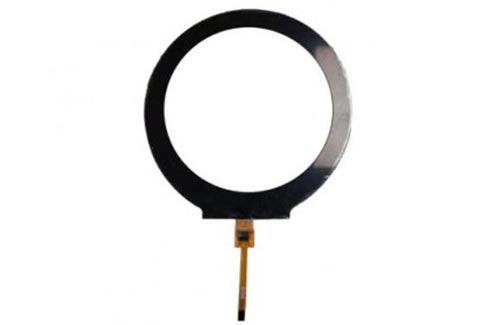Is A touch screen LED or LCD?
Views: 756 Update date: Feb 07,2024
In the realm of touch screen technology, discerning between LED (Light Emitting Diode) and LCD (Liquid Crystal Display) can feel like navigating a labyrinth of acronyms and technical specifications.
LCD (Liquid Crystal Display) has long been a stalwart in the realm of visual displays. Here's a closer look at its characteristics:
Budget-Friendly: In comparison to LED screens, LCD touch screens often come at a more economical price point, making them accessible to a broader range of consumers.
Wide Viewing Angles: LCD technology typically boasts superior viewing angles, ensuring that the displayed content remains crisp and legible from various perspectives.
Energy Efficiency: LED technology shines in terms of energy efficiency, potentially extending battery life for devices and reducing overall power consumption.
Sleek Design: The inherently slim profile of LED screens enables manufacturers to create sleek and modern designs, elevating the aesthetics of devices.
Cost: LED touch screens often command a higher price tag relative to LCD screens, which could be a consideration for budget-conscious consumers.
In the eternal debate of LED versus LCD touch screens, there's no one-size-fits-all answer. The choice between the two hinges on myriad factors, including personal preferences, intended usage, and budget constraints.
Ultimately, whether you find yourself entranced by the luminous glow of an LED display or entranced by the color accuracy of an LCD screen, rest assured that both technologies offer distinct advantages.
LCD (Liquid Crystal Display) has long been a stalwart in the realm of visual displays. Here's a closer look at its characteristics:
Pros:
Color Accuracy: LCD touch screens are renowned for their ability to reproduce colors faithfully, making them indispensable for tasks demanding precise color representation, such as graphic design and photo editing.Budget-Friendly: In comparison to LED screens, LCD touch screens often come at a more economical price point, making them accessible to a broader range of consumers.
Wide Viewing Angles: LCD technology typically boasts superior viewing angles, ensuring that the displayed content remains crisp and legible from various perspectives.
Cons:
Contrast Ratio: LCD touch screens tend to have a lower contrast ratio when compared to their LED counterparts, resulting in slightly less vivid imagery.Power Consumption: LCD touch screens generally consume more power than LED screens, which can impact battery life, particularly for portable devices.
Pros:
Brightness: LED screens are celebrated for their exceptional brightness, offering unparalleled visibility even in brightly lit environments.Energy Efficiency: LED technology shines in terms of energy efficiency, potentially extending battery life for devices and reducing overall power consumption.
Sleek Design: The inherently slim profile of LED screens enables manufacturers to create sleek and modern designs, elevating the aesthetics of devices.
Cons:
Color Accuracy: While LED screens excel in brightness, they may sacrifice a degree of color accuracy compared to LCD displays.Cost: LED touch screens often command a higher price tag relative to LCD screens, which could be a consideration for budget-conscious consumers.
In the eternal debate of LED versus LCD touch screens, there's no one-size-fits-all answer. The choice between the two hinges on myriad factors, including personal preferences, intended usage, and budget constraints.
Ultimately, whether you find yourself entranced by the luminous glow of an LED display or entranced by the color accuracy of an LCD screen, rest assured that both technologies offer distinct advantages.




